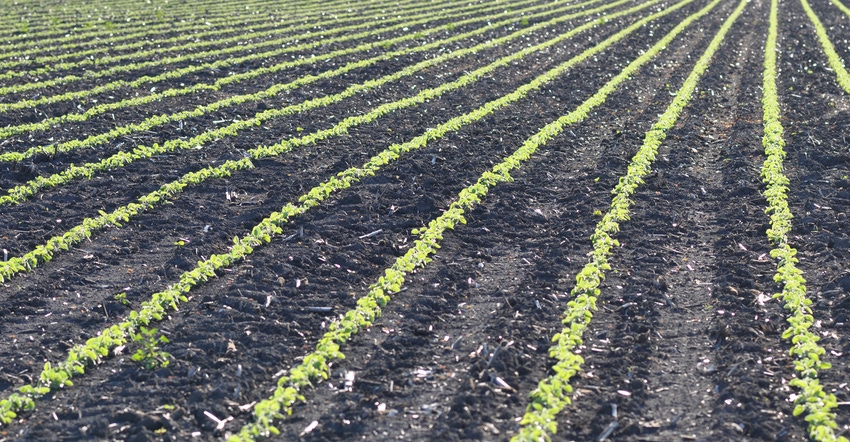September 10, 2018

By Ross Albert
As we approach the 2018 harvest, many farmers and landowners have started considering what 2019 leases will look like. In general, the returns to row crop production continue to slip, putting downward pressure on lease rates. Commodity prices and input expenses generally play the largest role in the returns to farming and, ultimately, leases. These are the three big areas I encourage both landowners and farmers to consider with their lease negotiations:
1. What is the risk-reward balance? The lease structure should be based upon how the landowner and farmer want to share the risk and reward potential. There are many forms of leases available, and I am certain there is one out there that can fit just about any landowner’s needs. As a land manager, if I have a client who enjoys the risks and potential rewards of farming, we lean toward a crop-share or custom-farming arrangement. For a landowner who wants limited risk and limited reward, we lean toward the cash-rent lease.
Generally, I find that when the landowner defines his or her risk tolerance, it’s a lot easier to define the terms of a lease. Don’t assume you understand the goals of your landlord; ask questions to understand. Your long-term cash-rent arrangement may not be addressing the landlord’s goals. Landowners and farmers need to talk annually about their respective goals.
2. Consider the big picture in farmland returns. Before you enter into the lease negotiation, do some homework. A landlord asking for a higher rental rate just because he or she wants more money is not justifiable, and the same is true for a tenant asking for less. I have found the negotiation is much simpler when real numbers are used to justify a position. It is very important for both parties to understand the costs of production and the cost of land ownership.
Case in point: There are many areas that get looked at for contributing to lower returns, like grain prices and input expenses. Real estate taxes are a “quiet return killer.” In recent years, we have seen expenses such as seed and fertilizer remain steady or decrease, while real estate taxes continue to steadily increase. It is good for both parties to know what is actually contributing to returns.
Don’t base leases on survey results, what the neighbor tells you, or just because you want more or less. Know the facts of each individual farm and what its capabilities are, and go from there.
3. Not all negotiations must end in an agreement. One question all farm managers get? “When will rents come down?” The simple answer: when farmers stop paying them. If the goals of the landowner and farmer are not similar, it may mean they should not work together. This goes for all lease types, not just the cash-rent example. If either party’s goals are not being meet, continuing on that same path will likely not solve the problem.
In the end, the best course of action is to enter lease negotiations to understand each party’s goals, consider all factors, and only sign if it works for both sides.
Albert is a farm manager with Soy Capital Ag Services, Bloomington, Ill. He is a member of the Illinois Society of Professional Farm Managers and Rural Appraisers, whose members regularly contribute to this column. Email farm management questions to Carroll Merry at [email protected].
You May Also Like




